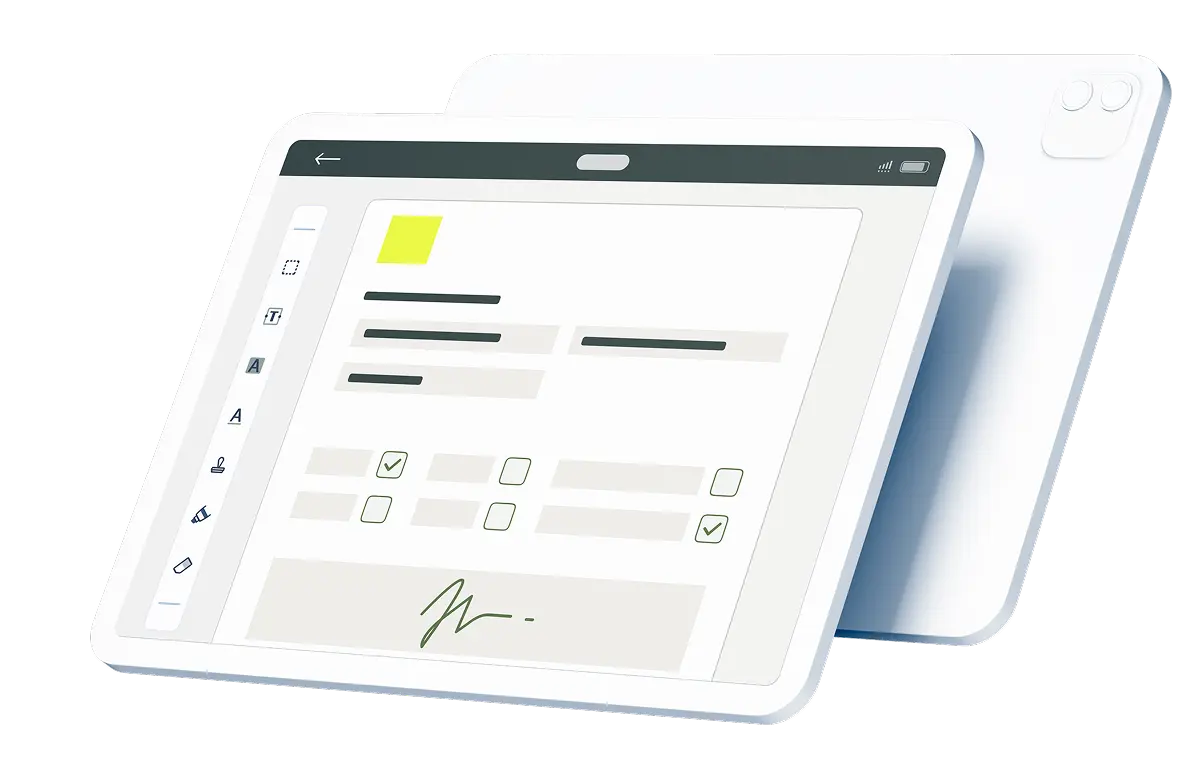One of the top challenges faced by any business is ensuring the delivery of the same experience to customers every time. This challenge is amplified the larger an organization becomes. One of the best ways to ensure consistency across all facets of your organization is to create and implement standard operating procedures.
Contents:
- Why Do You Need Standard Operating Procedures?
- How Are Standard Operating Procedures Different From Processes?
- How Do You Write a Standard Operating Procedure?
- 1. Start With Your Goal in Mind
- 2. Select a Format
- 3. Solicit Feedback
- 4. Define the Scope
- 5. Identify the Audience
- 6. Create an SOP Outline
- 7. Write Your First Draft
- 8. Review and Adjust Your Draft
- 9. Implement the SOP
- How Can I Simplify the Process?
Why Do You Need Standard Operating Procedures?
A standard operating procedure is a document that contains specific instructions that explain exactly how to execute a routine activity. When employees follow an SOP exactly, they should produce the same results every time.
- Provides employees with the information they need to perform a job safely
- Ensures the process doesn’t harm the community or the environment
- Helps ensure processes are completed on schedule
- Ensures compliance with company policies and government regulations
- Employees who observe the work of others can use a standard operating procedure checklist to evaluate work performance
- Provides a historical record of how and why tasks are performed that can be used to train new employees on processes
- Ensures production operations are performed consistently
- Helps ensure that products and services consistently meet quality standards
- Can be used as a checklist for auditors
- Accident investigators can use SOPs to determine whether accidents occurred because the process was flawed or because the process wasn’t followed
- Provides a starting point for analyzing where processes can be improved
How Are Standard Operating Procedures Different From Processes?
Processes and SOPs both include a list of specific instructions to help someone complete a task. Processes are high-level. SOPs include more detail, workflows and specific assignments that ensure processes are completed according to industry or company standards.
Processes explain how to achieve an outcome but don’t go into the details of what specifically to do to get to that outcome. Processes that don’t need to be done a specific way don’t need SOPs. For example, a process for creating an original piece of artwork might include instructions on how to get to the studio, where to find supplies and how to unlock the supply cabinet, but it wouldn’t specifically instruct the artist about which brush strokes to make or which colors to use. However, if you wanted someone to use a printer to exactly replicate a print of a specific painting the same way every day, an SOP that details the specific steps to take to ensure that every print is the same may be useful.
How Do You Write a Standard Operating Procedure?
Ironically, there is no standard operating procedure to explain how to create a standard operating procedure. This is because the process may look a bit different for different organizations; however, these steps will help you get started:
1. Start With Your Goal in Mind
Start by establishing your goal for the SOP you are writing. For example, if you are writing an SOP for opening a retail location, your goal may be to ensure the store is ready for the arrival of the first customer by the store’s posted opening time.
2. Select a Format
If you already have some SOPs for other procedures, you may want to use the format from those SOPs as a standard operating procedure template. If you are starting fresh, consider using a commonly used format:
- Hierarchical steps format: This format may work well for procedures that include many steps that require the person following the procedure to make decisions. It uses numbered or bulleted lists of main steps that are followed by substeps that depend on the decisions made.
- Simple steps format: This format works best for routine procedures that require a few, short, easy steps. It usually includes a simple bulleted or numbered list with short, simple instructions that are clear and easy to follow. Additionally, include any safety guidelines or documentation requirements.
- Flowchart format: A flowchart may be a good choice for procedures that have multiple possible outcomes.
3. Solicit Feedback
Talk to the people who will be following the SOP. Ask them how they think the task should be completed. As you create new drafts, ask them to review your drafts and make suggestions.
4. Define the Scope
Some SOPs may rely on other SOPs. Decide whether you can reference those other procedures or if you need to include those procedures in the document you are creating. A map or flowchart may help you illustrate where the dependencies are.
5. Identify the Audience
To write an effective SOP, you need to understand the people who will be following it. Ask yourself several questions:
- What are your audiences’ language skills? If you are writing for an audience with people who are not native speakers, have learning disabilities or do not have advanced reading skills, you may want to use more pictures and fewer words.
- How much does your audience know? If you spend too much time explaining terminology and information that your audience is already familiar with, they may ignore your procedure. However, if you assume your audience understands things they don’t, they may be confused. This is where getting feedback from the people who will use the SOP is helpful. If they think it’s too basic or too complicated, adjust it.
- Are they experienced employees? If you are writing for brand-new employees, your SOP should be very detailed and written for someone who has never performed the task. If you are writing for employees who have been doing this job for a long time, you can keep it more basic.
- How many people will use the SOP? If you are writing the SOP for more than one group, it may be helpful to specifically state which people or roles execute each task.
6. Create an SOP Outline
Outline the elements you want to include in your SOP. There are several common elements included in most documents:
Title Page
Your title page consists of several components:
- Title of the procedure
- Publication or revision date
- Names and signatures of the people who prepared and approved the SOP
- SOP identification number
- Name of the organization, role, division or agency that the SOP will be used by
Table of Contents
If your SOP has many pages, a table of contents will make it easier for people to find specific information in the document.
Specific Procedures
IThis is the portion of the document that contains the step-by-step procedures that the employees must follow. This section should also include several other components:
- Description of the purpose and scope of the SOP
- Clarification of terminology
- Complete list of supplies and equipment needed, where to find them and when they are needed
- Any additional required details, such as safety considerations and information related to decisions that need to be made
- Health and safety warnings
- Troubleshooting section
7. Write Your First Draft
Use your outline and your template to create the first draft of your SOP.
8. Review and Adjust Your Draft
Once you have completed the first draft of your SOP, send a copy of it to the members of your team. Ask them to make note of any technical and grammatical errors. Follow the procedures yourself to see if you achieve the outcome you expect. Ask your team to follow the procedures and report any language that isn’t clear and any steps that didn’t lead to desired results. Use the feedback you receive to make revisions and improvements. Repeat these steps until you and all of the stakeholders are satisfied with the document.
9. Implement the SOP
Provide copies of the completed and approved SOP to everyone who needs to use it. Review the document every six to 12 months or whenever a problem with the process occurs to identify any changes or improvements that need to be made.
How Can I Simplify the Process?
Fluix can make it easier for you to create your standard operating procedures by helping you automate business workflows, digitize your documents and capture electronic signatures. Contact us online to find out more about how we can help.

